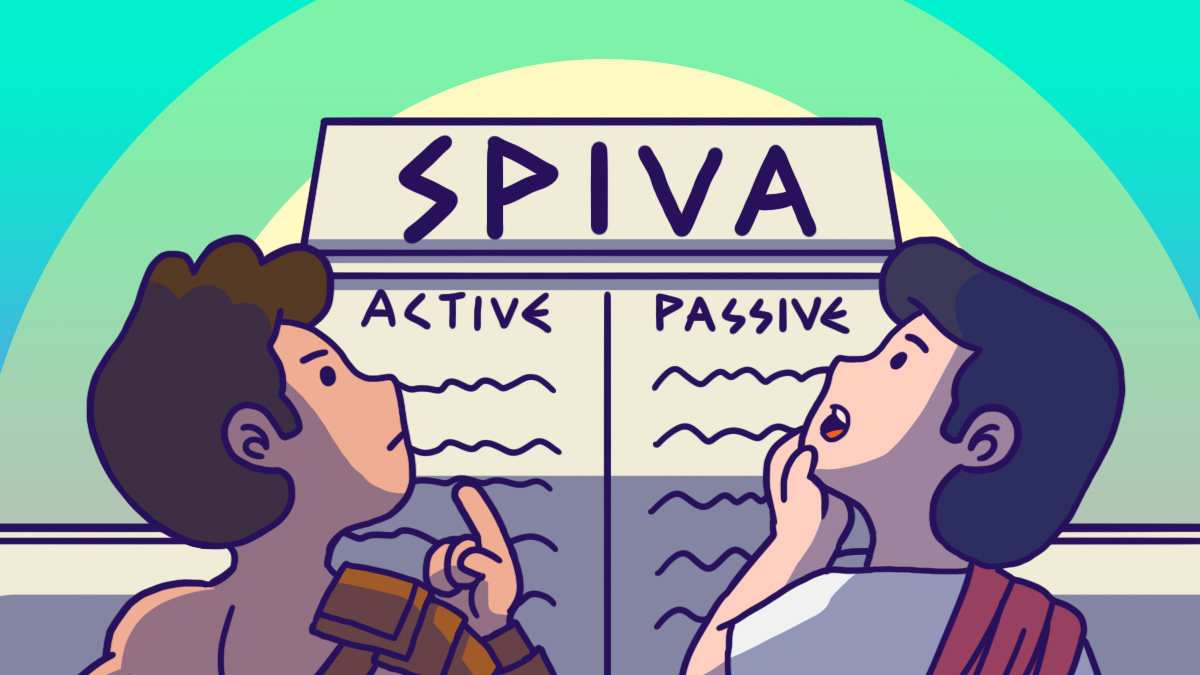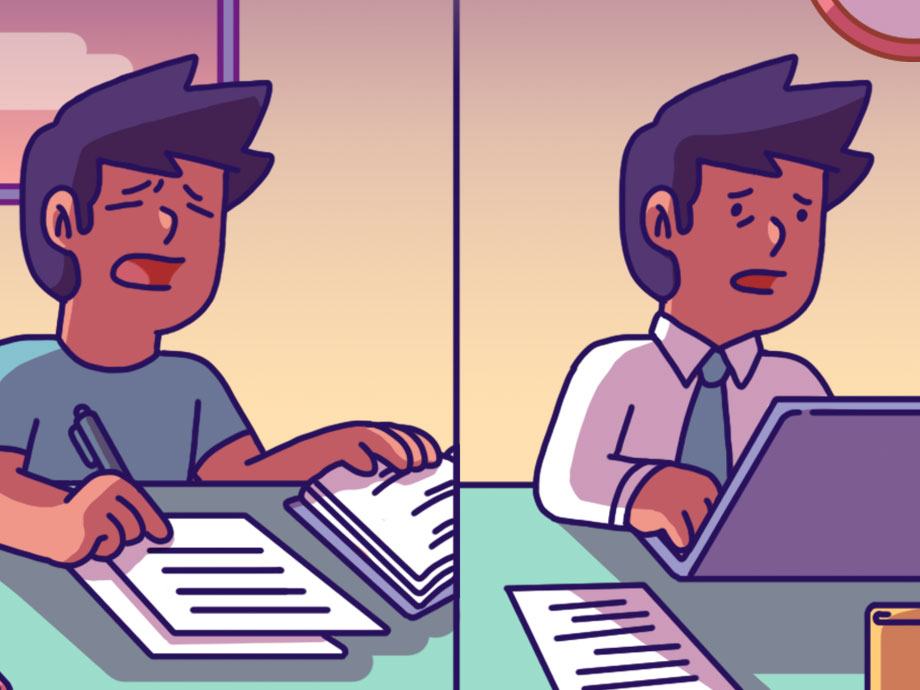Investing | Article
What’s SPIVA and Why Does It Matter to Me?
by Sophia | 17 Aug 2020

We’ve all heard the terms “active investing” and “passive investing” at least once in our lives. These are the two main routes a person can take in their own investing journey, whether they’re a professional or a shiny new beginner arriving at the scene. Both sides bring with them convincing arguments telling you why you should be an active or passive investor — but how do you really know for sure which is better?
After all, active investing is where all the action is. Constantly timing the market and picking the best stocks seems like the best way to earn huge returns.
On the other hand, passive investing is the safer, less risky option for more conservative investors who don’t want to beat the market (or spend all their time tracking it), but still earn decent returns.
When in doubt, it’s time to look at the numbers. Introducing: SPIVA, or the S&P Indices Versus Active scorecard.
What Does the SPIVA Scorecard Do?
In a nutshell, SPIVA provides the hard facts and numbers about how passive investing — which usually deals with index funds such as the S&P 500 — performs against actively managed funds.
Translation: the scorecard shows whether or not actively managed funds are beating passive investing.

The SPIVA scorecard provides these comparisons and stats for a handful of countries and regions, namely:
- Australia
- Canada
- Europe
- India
- Japan
- Latin America
- South Africa
- The United States
Is It Reliable?
The SPIVA scorecard regularly updates its data set across all countries, and strictly follows a handful of principles that guide how these data sets are compiled.
In essence, SPIVA takes into account all of the following:
- All funds, even those that have been liquidated and merged (and therefore no longer exist), will be taken into consideration, thus preventing survivorship bias. This means results aren’t skewed towards “surviving” funds that, in theory, would perform better.
- Measure funds according to appropriate benchmarks (because of the many investment categories and indexes that exist, e.g, commodities, property), instead of just comparing everything with popular indexes like the S&P 500 for fair results.
- SPIVA reports both equal-weighting and asset-weighting. Equal-weighting means a $10 million fund’s performance affects the average the same way a $10 billion fund would. This means individual skill levels of managers, despite the amount they manage, would be better represented. Asset-weighting means the $10 billion fund will have more influence on than the $10 million fund — better representing the dollar performance of active management as a whole.
- The ‘style’ of a fund is also taken into consideration. Active managers may actually go off-course from their initial investment mandate (also known as ‘style drift’), so SPIVA measures takes into account style categories across different time horizons to make sure that there is a consistent comparison.
- The scorecard focuses only on actively managed funds and will not include index funds and other index-linked investment products.
SPIVA Says Active Funds Tend to Underperform
The SPIVA scorecard has consistently shown, over the years, that actively managed funds tend to actually underperform over short- and long-term periods.

And while there are exceptions, actively managed funds that outperform their benchmarks (usually indices like S&P 500) over one time period are generally revealed to be underperforming over a longer period of time.
Here’s an example:
As of September 2016, roughly 11% of 938 large-cap funds outperformed the S&P 500 for the previous three years. But… by September 2019, none of them had been able to maintain that status for three consecutive years.
In other words: Active management of your investments won’t always guarantee that you’ll beat the market consistently. Those within the top rarely stay there to make returns that keep beating the market.

It’s sobering because SPIVA measures fund managers, and professionals and does not even include the performance of non-professional retail investors (us).
So, passive investing, while slow and “boring”, might actually get you better results in the long-term.
The SPIVA scorecard is a useful resource for those who want to insights into the active vs passive investing debate, and to look at the hard numbers before deciding whether to take a more passive or active approach to their own investments.
So the next time someone comes along trying to convince you that active investing is the only way you’ll earn a decent profit from the stock market, hold your horses. SPIVA might tell you otherwise and lend a more balanced opinion to guide your hand.
If this has made you curious about passive investing, check out our guide here.
















